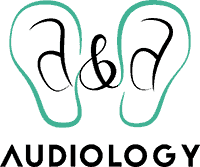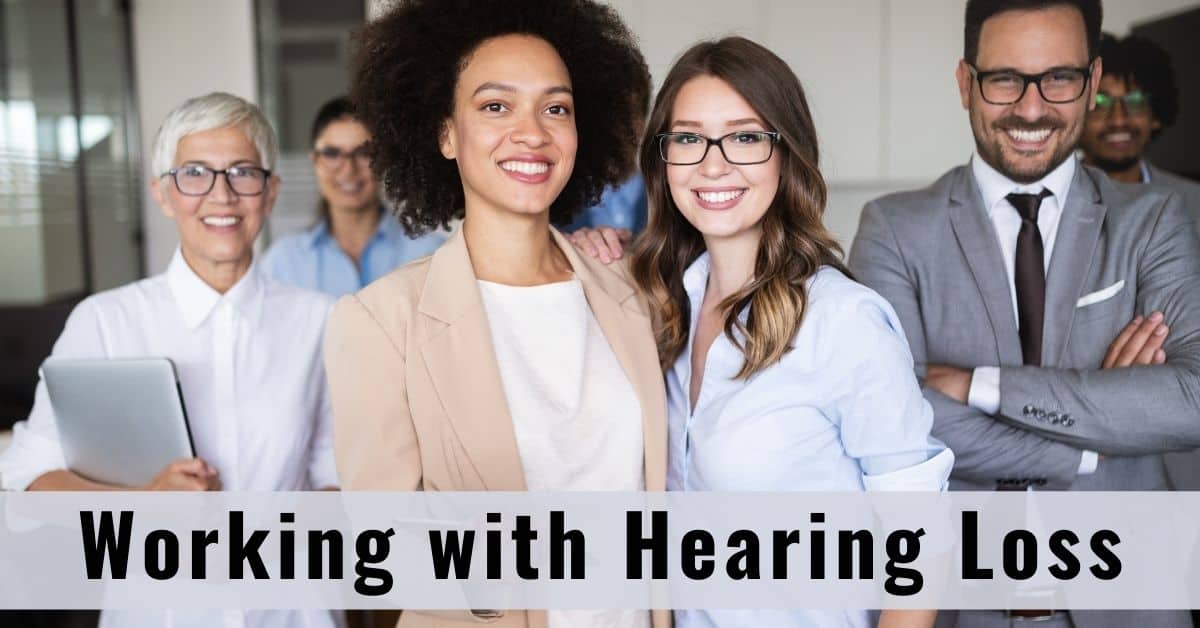- The Connection Between Hearing Loss and Dementia - July 30, 2024
- The Advantages of Rechargeable Hearing Aids - July 16, 2024
- How to Enjoy Music Festivals While Protecting Your Hearing - July 3, 2024
There are over 48 million Americans suffering from hearing loss today, and it’s on track to be the 7th largest disease burden in economically wealthy countries by 2030. While we might think of age-related hearing loss as something that only happens to “old” people, the truth is that age-related hearing loss begins as early as our 40s, and many people who did not have hearing issues in their youth develop noticeable hearing loss prior to retiring.
Since hearing loss is measurable before it is noticeable, it’s important to catch hearing loss early, before it becomes a problem. While sensorineural hearing loss (the type that incorporates age-related hearing loss) is irreversible, there are lifestyle adjustments including dietary changes, quitting smoking, and wearing ear protection in certain situations that can stop or slow its progress.
The Better Hearing Institute, a non-profit organization, recommends getting a hearing test once every decade until age 50 and once every three years after that. Catching hearing loss early allows you to make the lifestyle changes necessary to stop it, and hearing loss that progresses faster than normal can indicate an underlying cardiovascular issue before it is detectable by other means. So if you’re due for a hearing test, make an appointment today!
For those who are beginning to experience hearing loss as a problem at work, here are a few things you can do to keep yourself thriving on the job:
You Have Rights
The Americans with Disabilities Act (ADA) of 1990 stipulates that your employer provides reasonable accommodations for any disability, including hearing loss. While it may be left to you and your employer to determine what those accommodations will be, don’t be shy about asking for what you need to do your job effectively. Ultimately, it’s in both of your best interest.
Use the “Multipurpose Disclosure” Technique
Surveys have found that those who use the multipurpose disclosure technique are most satisfied with the outcome. If you’re not familiar with it, it means that when you disclose to someone that you have hearing loss, you also give them some advice about how to best communicate with you. Opportunities for disclosure come whenever you haven’t heard someone clearly and need them to say something again.
An example of multipurpose disclosure might be, “I didn’t catch that; I have a bit of hearing loss. Could you say that again and face me when you speak?”
Ask For What You Need
If you’re heading into a meeting, ask to get an outline beforehand so you can keep track of what will be discussed. If there is a main speaker, ask to be seated closer to them. If the meeting can take place in a number of different locations, ask for the one that has worked best for you in the past.
Similarly, if you have a desk near the copy machine, that might make it hard to hear phone conversations or visitors. If there is any noise source that makes it harder for you to hear conversation, ask to be relocated away from it.
Use Technology
If you spend a lot of time in meetings, ask your employer to install a loop or FM system in a meeting room. You might also be able to use a closed captioning service that uses your computer’s or tablet’s microphone to provide audio for them to transcribe in real time.
Similarly, if you find yourself better able to communicate over email, try to keep as much communication there as possible. Maybe you prefer a “chat” service to a phone call when possible. If you find that some technologies make communication easier for you, use them whenever you can.
Hearing Aids
If you’re having trouble hearing at work and you’re not currently wearing hearing aids, make an appointment for a hearing test and see whether they’re right for you. Hearing aids today are a lot more powerful than they were even a few years ago, while also being much smaller and more inconspicuous.
Hearing aids today can integrate with Bluetooth and other technologies to make teleconferencing a snap. They can prioritize speech over background noise, in some cases actually making the listening experience in noisier environments better than normal hearing. Multi-microphone setups and powerful DSP (digital signal processing) can improve sound localization so you can still tell where sounds are coming from in the surrounding environment.

